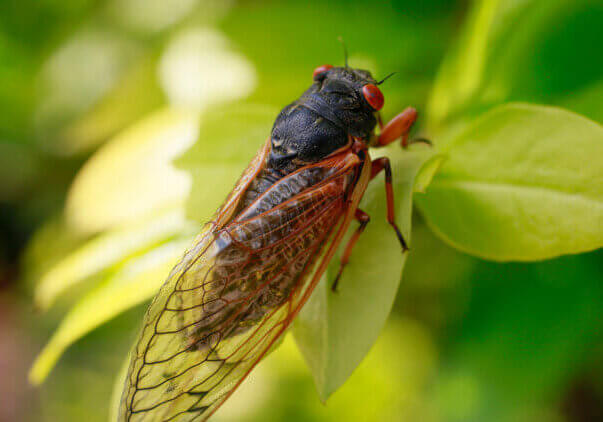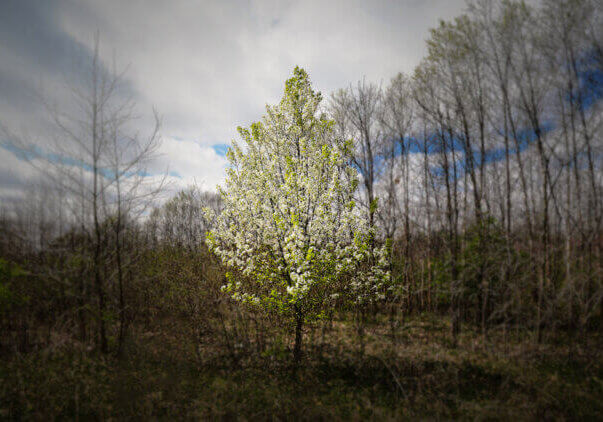T
he U.S.S. Constitution was commissioned by Congress in 1794 when George Washington was President of the United States. The warship was built at Edmund Hartt’s Shipyard in Boston and launched on Oct. 21, 1797, as one of six wooden frigates capable of battling against the Barbary pirates of North Africa and protecting merchant ships, while also defending the nation against a possible invasion.
The Constitution, the oldest commissioned ship in the United States Navy, was an active warship from 1798 to 1855. It was during the War of 1812 that the Constitution earned its nickname “Old Ironsides” as British sailors observed cannon balls and gunfire bouncing off the hull and exclaimed that “her sides must have been made of iron.” On Aug. 19, 1812, the 44-gun U.S.S. Constitution recorded the first frigate to frigate victory for the United States, defeating the Royal Navy’s HMS Guirriere, one of four British frigates the ship defeated during the war.
Unlike its nickname infers, the U.S.S. Constitution is made of wood with a copper sheathing placed around the hull planking below the waterline, a technique developed in the mid-1700s to prevent shipworm and reduce the sea’s corrosive effects. The U.S.S. Constitution was made of southern white oak, which is water proof and rot resistant, sandwiched around a live oak internal frame to ensure strength and longevity. In some places, the hull is 24 inches thick.
Restoration Efforts
The ship has undergone routine maintenance many times in its history, but three major renovations have kept the ship afloat and in sailing condition. The most significant overhaul came from 1927 to 1931, when Old Ironsides was dry docked in Boston for a major renovation that replaced over 80 percent of the ship.
Only 12 percent of the wood remaining is original, but the keel, the bottom frames and the bottom 13 planks of the hull have never been replaced.
White oaks (quercus alba) are set aside for repairs because of their similarity to the original southern white oaks from Boston used to build the ship. Over the years, the available forest in Boston diminished, requiring a new source of timber.
From 1973-1976, another major restoration, requiring 80 trees, was completed using timber from the private sector.
In November 1973, the Naval Surface Warfare Center in Crane, Indiana, was designated as the sole provider of hull planks and non-laminate material for the U.S.S. Constitution after being identified by Lynn Andrews, a forester with the Navy’s district command in Philadelphia. (Andrews would later be transferred to Crane as the natural resources manager.)
In May 1976, a grove of trees at Crane was officially named Constitution Grove. The ceremonial area containing a few white oaks is a symbolic representation of the base’s widely dispersed inventory of white oak.
Seventy-eight trees from Crane were sent to Charlestown Navy Yard for the 1997 restoration, which allowed the U.S.S. Constitution to sail under its own power for its 200th birthday. (The first time in 116 years)
The Crane foresters sent 20 trees for the 2017 renovation.
Purdue urban arborist discusses the power and beauty of trees
When Lindsey Purcell admires a tree – and as the Purdue University urban forestry specialist, he does that a lot – age comes before beauty.
“I don’t play favorites,” Purdue’s urban forestry specialist insists. “However, I do prefer the veteran trees, which have a history. Who doesn’t love big trees?”
The final Friday of April is the traditional date to celebrate Arbor Day and an ideal time to hear from Purcell, who before coming to Purdue in 2008 was a forestry supervisor and city forester for Indianapolis.
Read Full Story >>>Conquering the Trail
Purdue Forestry and Natural Resources (FNR) alumnae Rebekah Lumkes and Baleigh Haynes joined an elite group of individuals, completing a 2,192 mile thru-hike of the Appalachian Trail. For one, it was the culmination of a college pipedream. For the other, it offered a much-needed life reset. Here is their story.
Read Full Story >>>Purdue urban arborist discusses the power and beauty of trees
When Lindsey Purcell admires a tree – and as the Purdue University urban forestry specialist, he does that a lot – age comes before beauty.
“I don’t play favorites,” Purdue’s urban forestry specialist insists. “However, I do prefer the veteran trees, which have a history. Who doesn’t love big trees?”
The final Friday of April is the traditional date to celebrate Arbor Day and an ideal time to hear from Purcell, who before coming to Purdue in 2008 was a forestry supervisor and city forester for Indianapolis.
Read Full Story >>>Conquering the Trail
Purdue Forestry and Natural Resources (FNR) alumnae Rebekah Lumkes and Baleigh Haynes joined an elite group of individuals, completing a 2,192 mile thru-hike of the Appalachian Trail. For one, it was the culmination of a college pipedream. For the other, it offered a much-needed life reset. Here is their story.
Read Full Story >>>

